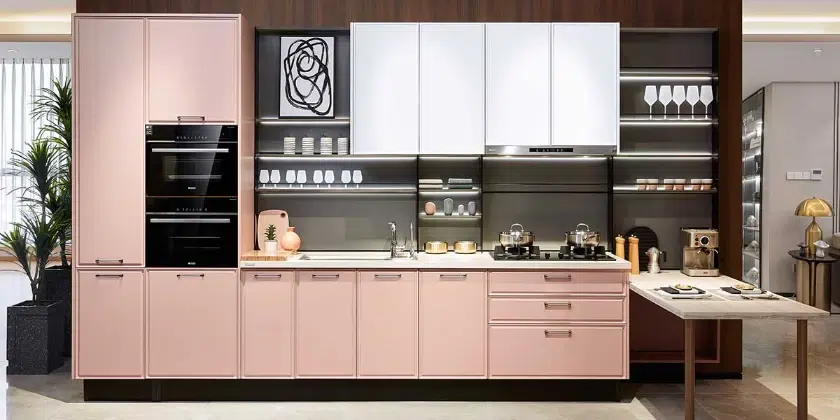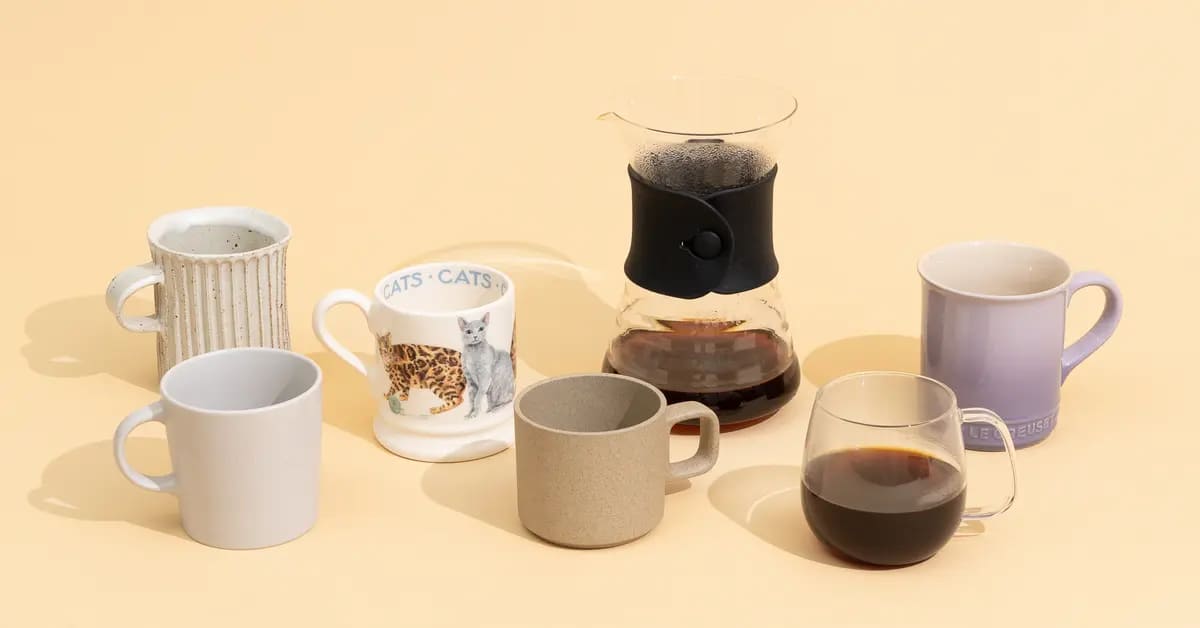Introduction:
Thermofoil cabinets have become a popular choice for homeowners due to their sleek appearance, durability, and affordability. However, like any other material, thermofoil is not immune to wear and tear over time. If your thermofoil cabinets are showing signs of damage or wear, fear not! This comprehensive guide will walk you through the process of repairing thermofoil cabinets, restoring them to their former glory and enhancing the overall aesthetic of your kitchen.
Understanding Thermofoil Cabinets:
Before delving into the repair process, it’s essential to understand the structure of thermofoil cabinets. Thermofoil is a vinyl material applied to MDF (Medium Density Fiberboard) or particleboard through a heating process. While thermofoil cabinets are known for their resistance to moisture and easy maintenance, they can develop issues such as peeling, cracking, or bubbling over time.
Common Thermofoil Cabinet Issues:
- Peeling: Thermofoil cabinets may experience peeling at the edges or surfaces, compromising their appearance. This issue often occurs due to exposure to heat, moisture, or simply wear and tear.
- Cracking: The vinyl layer on thermofoil cabinets can crack, leading to an unsightly appearance. This may be caused by impacts, structural issues, or prolonged exposure to extreme temperatures.
- Bubbling: Bubbles forming under the thermofoil surface can occur due to poor adhesion during the manufacturing process or exposure to excessive heat or moisture. Bubbling not only affects the aesthetics but can also lead to further damage if left unaddressed.
Repairing Thermofoil Cabinets:
1. Peeling:
a. Clean the Surface: Start by cleaning the peeling area with a mild detergent and water solution. Ensure the surface is free from dirt and grease.
b. Apply Heat: Use a hairdryer or heat gun to gently heat the peeling edge. Once heated, press the thermofoil back into place with a soft cloth or roller.
c. Secure with Adhesive: Apply a small amount of heat-resistant adhesive under the peeled area, ensuring even coverage. Press the thermofoil down firmly and use a weighted object to keep it in place until the adhesive sets.
2. Cracking:
a. Fill and Sand: Fill the cracks with a color-matched epoxy filler. Once dry, sand the repaired area until it is smooth and level with the surrounding surface.
b. Touch-Up: Use a thermofoil repair pen or paint to touch up the repaired area, matching the color and finish of the cabinets.
3. Bubbling:
a. Create a Small Incision: Use a sharp utility knife to create a small incision in the center of the bubble.
b. Inject Adhesive: Inject a small amount of heat-resistant adhesive into the incision. Press the bubble down and use a roller to ensure even adhesion.
c. Remove Excess Adhesive: Wipe away any excess adhesive with a clean cloth. Allow the repaired area to dry completely before using the cabinet.
Preventive Measures:
To prolong the life of your thermofoil cabinets and reduce the likelihood of future damage, consider implementing the following preventive measures:
- Avoid Excessive Heat and Moisture: Protect your cabinets from prolonged exposure to extreme temperatures and humidity.
- Use Coasters and Trivets: Place coasters and trivets under hot pots and pans to prevent direct contact with the thermofoil surface.
- Regular Cleaning: Clean your cabinets regularly with a mild, non-abrasive cleaner to remove dirt and grease.
Conclusion:
With the right tools and techniques, repairing thermofoil cabinets is a manageable task that can bring your kitchen back to life. By following this comprehensive guide, you’ll be able to address common issues such as peeling, cracking, and bubbling, ensuring your cabinets maintain their aesthetic appeal for years to come. Remember to incorporate preventive measures to minimize the risk of future damage, allowing you to enjoy your beautifully restored thermofoil cabinets for the long term.





